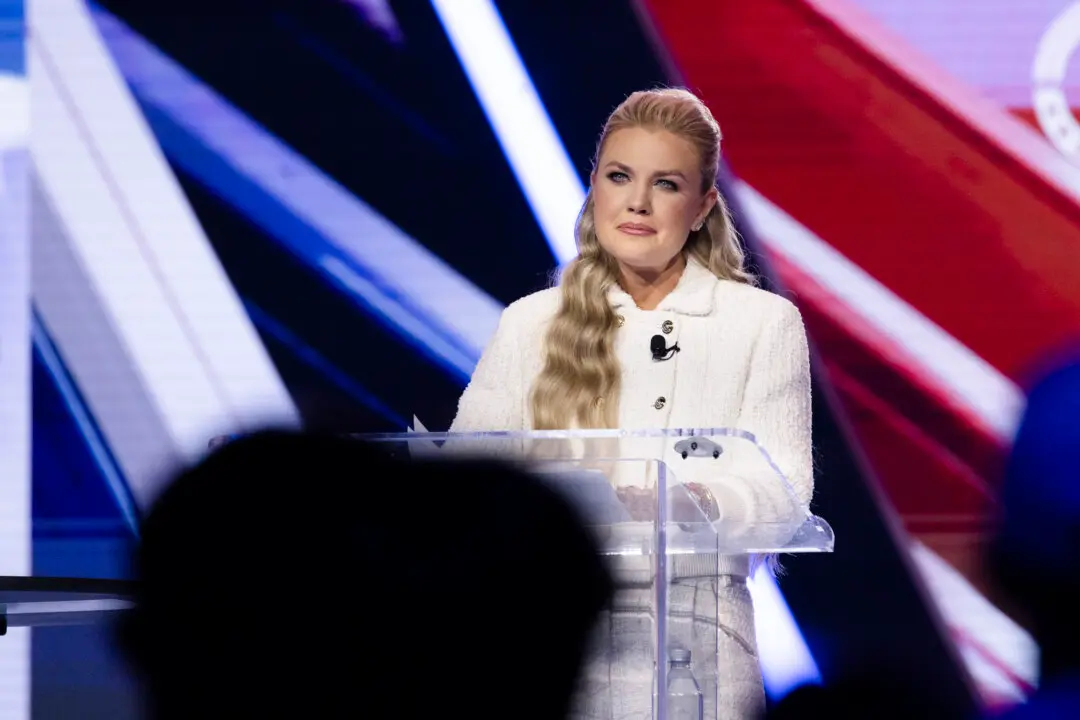A federal judge in Texas on Nov. 8 issued a nationwide injunction that prevents the Bureau of Alcohol, Tobacco, Firearms, and Explosives (ATF) from enforcing a ban on pistol braces, saying federal officials overstepped their authority when crafting the rule.
“The Court is certainly sympathetic to ATF’s concerns over public safety in the wake of tragic mass shootings,” District Judge Matthew Kacsmaryk wrote in his order. “The Rule ‘embodies salutary policy goals meant to protect vulnerable people in our society.’





